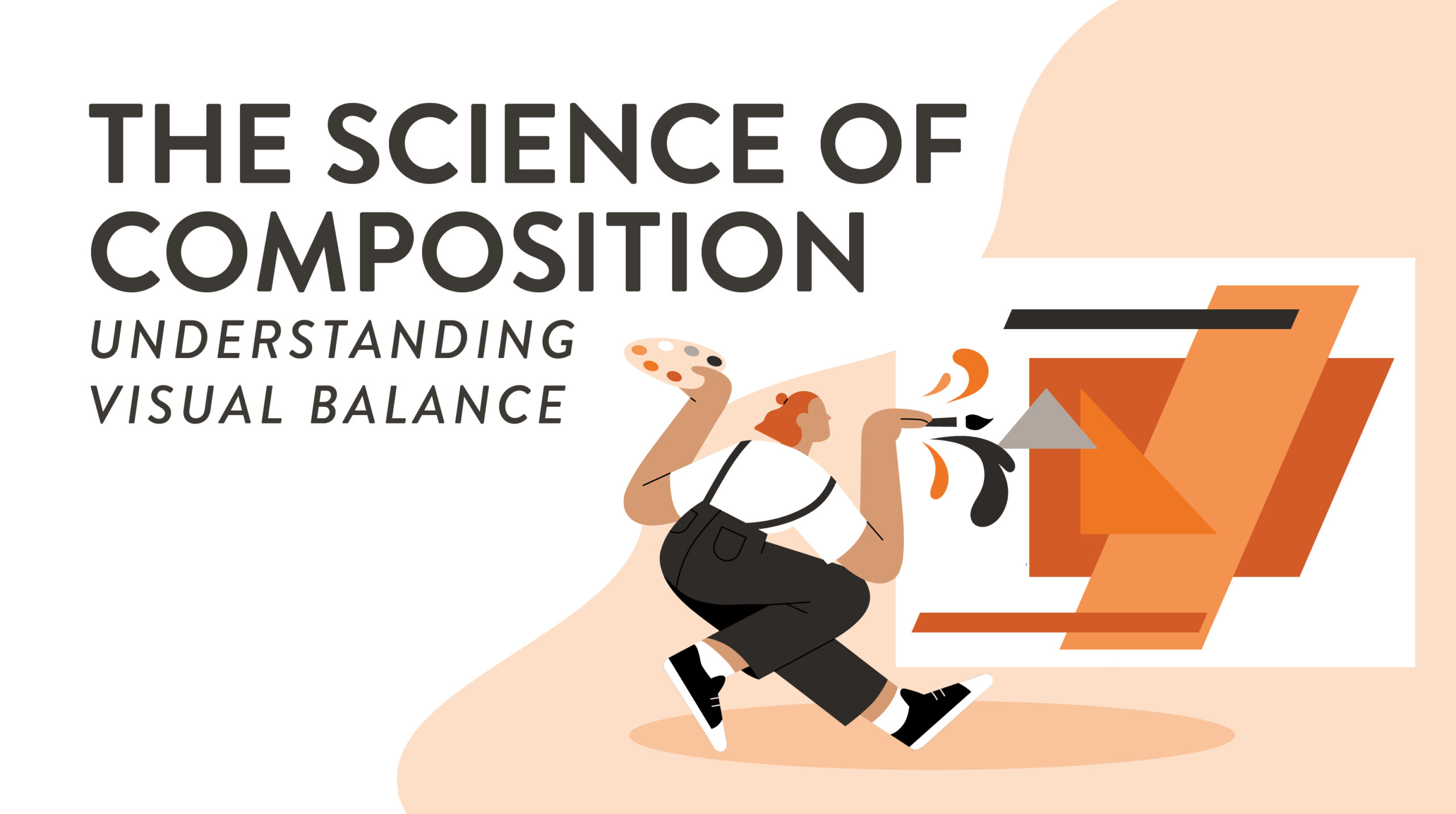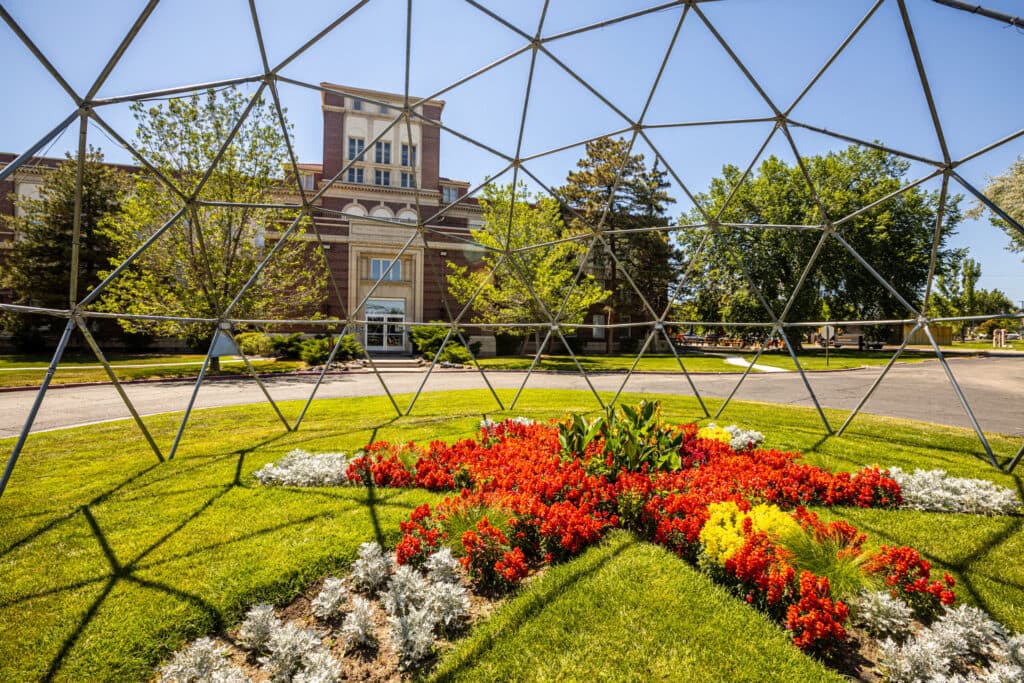Understanding visual balance is a skill that can take a photographer’s work from novice to advanced with the help of proper guidance and technique. Whether it’s out in the field practicing the rule of thirds or in a classroom studying negative space, it all relates to visual balance. In this blog, you’ll learn 10 tried-and-true guidelines to better understand photographic compositional techniques.
The Basics of Composition in Photography
Before we begin, it’s important to understand what exactly a composition is and the key elements that make it up. You know what they say: an artist has to learn the rules before they can break them.
What Is Composition?
Composition in photography is simply the way elements are arranged in a scene to make the photo “work,” according to Adobe. From cropping out unnecessary elements in the frame to finding your ideal subject, there are quite a few factors to take into consideration.
Four Key Elements of Composition
There are key elements you can look for in a composition, and we’ve rounded up four of the most common.
- Movement
Movement can help convey a sense of action or time in a photo. The most common way photographers accomplish this is through using a slow or fast shutter speed. A slow shutter speed can introduce motion blur into a frame while a fast shutter speed can freeze action while it happens.
- Contrast
Contrast can help add depth and interest to an image by emphasizing the difference between the lightest and darkest parts of a photo. For example, in a low-contrast image, the difference between the light and dark areas in an image are less pronounced than in a high contrast image.
- Pattern
Looking for patterns in a composition is a great way to take interesting photos in not-so-interesting locations. A pattern can help create rhythm and structure within an image.
- Focus
Establishing a focal point, or where you want your audience to look, is crucial for guiding the viewer’s attention. Be sure to keep your subject in focus to help guide your viewer’s eye to the right location.
Understanding Visual Balance
Visual balance is a fundamental concept that contributes to the overall effectiveness of a composition. Let’s explore three types of visual balance in photography.
Types of Visual Balance
- Symmetrical Balance
If you folded a photo in half, would the elements line up? That is the idea of symmetrical balance in photography. For example, the Taj Mahal is a popular spot where photographers gather to take symmetrically-focused photos due to the building’s architecture.
- Asymmetrical Balance
The opposite of symmetrical balance, asymmetrical balance doesn’t rely on similar elements in a frame. This can give a photographer a greater sense of artistic freedom. For example, imagine framing your subject between large trees in a forest. Although it is not symmetrical, the scene still feels balanced due to your chosen focal point in the image.
- Radial Balance
Radial balance is used when elements form a circular pattern, often radiating from a central point. Commonly seen in plants, fine art, and even kaleidoscopes, viewers can feel mesmerized by the pattern as they follow it to the center.
The Rule of Thirds
The rule of thirds in photography might be familiar to you if you’ve ever researched popular photography techniques. It involves dividing a frame into a three-by-three grid, creating nine equal sections. The idea is to position your subject on the lines to create a more interesting image, compared to if you just centered your subject.
Principles of Composition for Balanced Images
Of course, there are more principles of composition out there to discover, so we’ve rounded up some of the most popular.
Leading Lines
Leading lines take on a literal sense and guide the viewer’s eye toward a point of interest in a frame. Whether it’s the lines on a road pointing toward cars or a bridge pointing to a distant subject, leading lines can be found all over.
The Golden Ratio
The golden ratio is a mathematical principle often attributed to scenes in nature and art. Photographers use the golden ratio as a compositional tool to create balance in an image. One of the most popular examples of the golden ratio in nature is a nautilus shell. Due to its shape, it’s a fantastic example for beginners to understand how it can positively transform a composition.
Negative Space
Negative space is simply the unused or empty space surrounding a subject. Some photographers might think of minimalism when they hear negative space due to its ability to emphasize a subject. For example, imagine a lone tree in a field of grass with nothing else around. The tree is the subject and everything outside of it is negative space.
Advanced Techniques for Visual Balance
Like all art forms, there’s always something new to learn. Moving on from the fundamentals, let’s explore some advanced techniques that can bring complex visual balance to your images.
Balancing Colors and Tones
Oftentimes, a photographer cannot control the colors and tones of objects around them. Sure, they can plan to visit an area when conditions are favorable, but this can’t be relied on completely. This is where balancing colors and tones in post-processing comes into play. Photographers can choose to change the hue, saturation, and brightness of colors in post processing to best fit the story they want to tell.
Visual Mass
Every element in a design holds weight, also known as visual mass. This can be practiced through a variety of attributes: size, scale, color, and texture. Imagine you photograph a huge boulder, its size compared to other objects in the scene creates a sense of scale.
Depth and Perspective
Depth and perspective can take an image and give the illusion that it is three dimensional. For example, photographers typically look to see if they can add foreground or layers to an image. Photographing ducks in a pond? Get down low to capture the grass or water in the foreground. In a mountain range? See if you can layer the mountain peaks in a scene to share a sense of depth.
Practical Tips for Achieving Visual Balance
Whether you prefer to assess your composition in camera or during post production, let’s go over some practical tips for achieving visual balance.
Assessing Composition In-Camera
There’s a popular saying in the photography world: aim to get it right in camera. Whether it’s the lighting, framing, or focal point, these are things we recommend you consciously think about before you snap a photo. We recommend you think critically about what you want your image to look like on the day of a shoot, that way you’ll have less work to do in post-processing.
Post-Processing for Composition
If you didn’t get the visual balance of an image perfect in the field, there’s no need to worry. Post-processing in software such as Lightroom or Affinity Photo allows photographers to adjust elements like aspect ratio, saturation, color, and more.
Ready to Learn More About Composition?
If you enjoyed learning about the different techniques used to create a visually balanced image, put your interest into practice by requesting info or applying to Rocky Mountain College of Art + Design’s on-campus or online photography degree program today.

